No products in the cart.
Make History Come Alive in the Classroom
When can you do to make history fun? In this month’s Ilm o Amal, TRC staff explores how supplementing your history lesson with fun activities can help the subject come alive in the classroom.
As a history teacher you are probably excited about mankind’s journey through the time, however learning a host of dates, names and information about rulers, wars, invasions and rebellions can be daunting for many students. That’s why you may find that as you stand in front of the class, there is a sea of bored faces stifling their yawns looking back at you. However, history can be exciting and can come alive if you try the following tips that should help engage your students.
1. Make it relatable: There will be many times when you are teaching a topic in history that students think they cannot relate to. Try to perk up what you are teaching with information that is relatable in order to gain your students’ interest. For instance when teaching them about the Mughal era, you might want to tell your students that dishes such as biryani, qorma and kulfi had their roots in that time period. This should help children relate to that era and pique their interest. You will need to spend some time doing research in order to so this.
2. Use historical films or TV shows whenever you can. One of the best things about history is that it offers plenty of dramatic content for filmmakers. As a result there are many films available on various historical characters and events. Whenever, you can, use visual media to aid your teaching. For instance, you can show your students some fantastic films made on World War 2. Just check the movie’s rating and watch it once beforehand to ensure that it is suitable for viewing for children of that age. After the movie you can talk about the historical accuracy of what was shown in the film and what the children enjoyed.
3. Recreating scenes from history: Once they have read about a historical event, liven up the classroom by getting your students to recreate the events. Make your students act out different scenes from the material that they just read about. Encourage them to play up and exaggerate certain scenes, such as where a king of queen is being authoritative, or where there is a war. Your students can get dramatic and enjoy the drama too. That could add humour to the lesson and hopefully help them learn.
4. Explain events in real time: Talk about history as if it was happening in real time. As if you were receiving live feeds and there was breaking news. In an era where children are trained by the digital and electronic media to receive frequent updates and notifications, get through to your students by treating history as if it were an ongoing news story. This way it won’t seem like it happened so long ago and is not relevant anymore.
5. Take students on a field trip: Arrange a trip to the museum whenever you can. While it is not possible to take frequent trips outside of the classroom, a outing to the museum should help bring history to life for children. Seeing artifacts from another era will give children a totally different perspective of history from just reading about them.
Names, dates, and dry facts may sound boring, but the fact is that history is essentially a story. It is the story of mankind and if told properly, everyone –including your students –will enjoy the lesson. Try and incorporate some of these activities into your history classes, and the lessons will have a deeper, more long-lasting impact on your students.
January 2019

